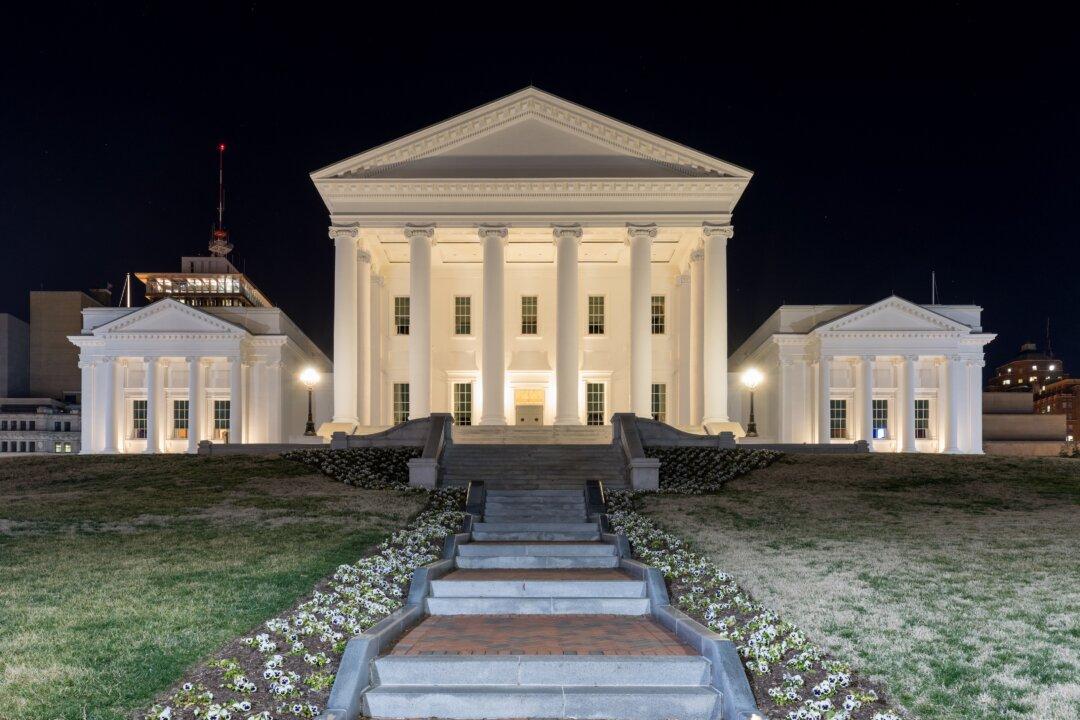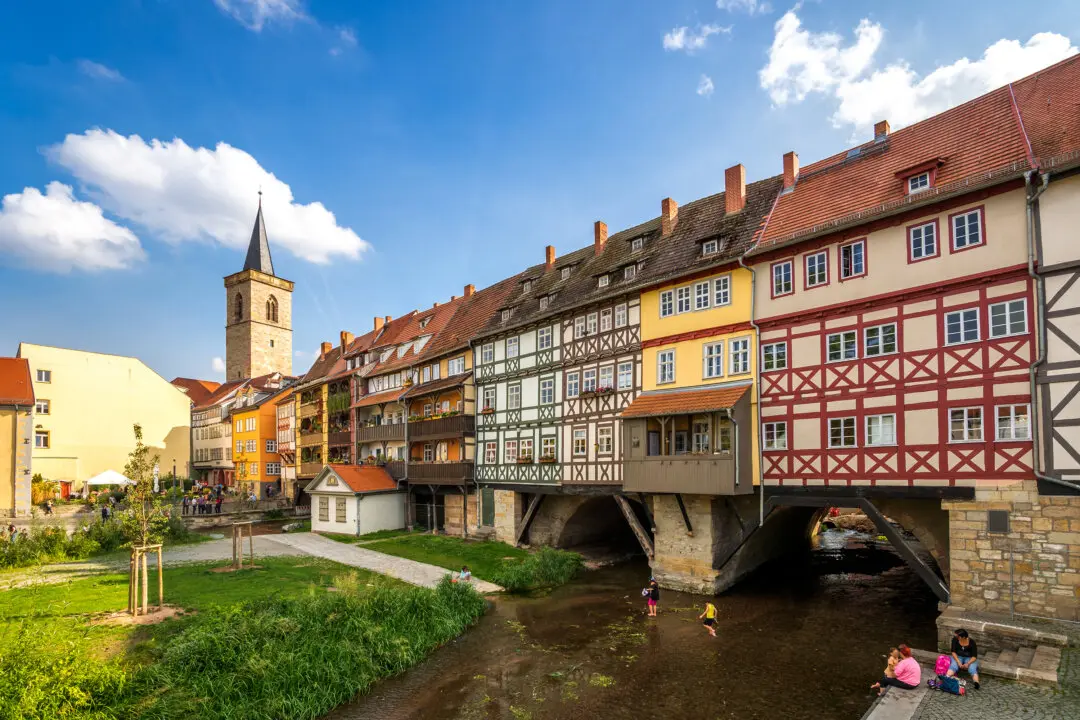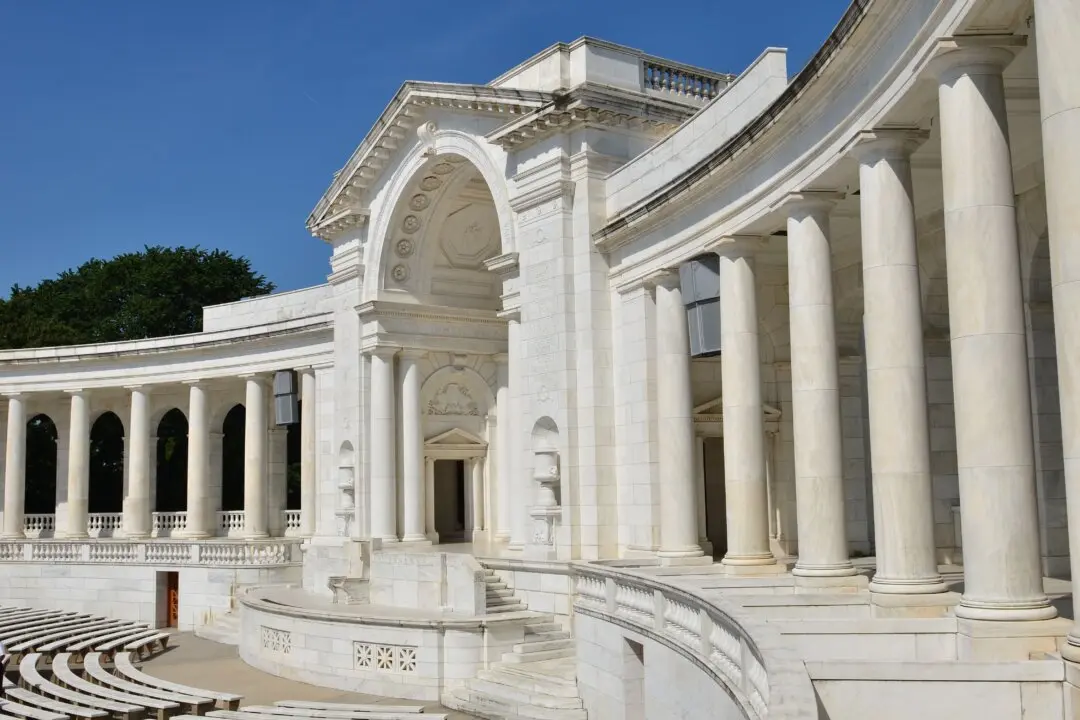Since 1788, representatives have met in the Virginia state Capitol, in Richmond, making it the oldest English-speaking representative assembly in the country.
Much American history has been and continues to be made at the Capitol. In December 1791, for instance, the assembly ratified the U.S. Bill of Rights. And between 1861 and 1865, it was the Confederate Capitol, from which Robert E. Lee commanded Virginia forces and where Jefferson Davis was inaugurated as Confederate president.






